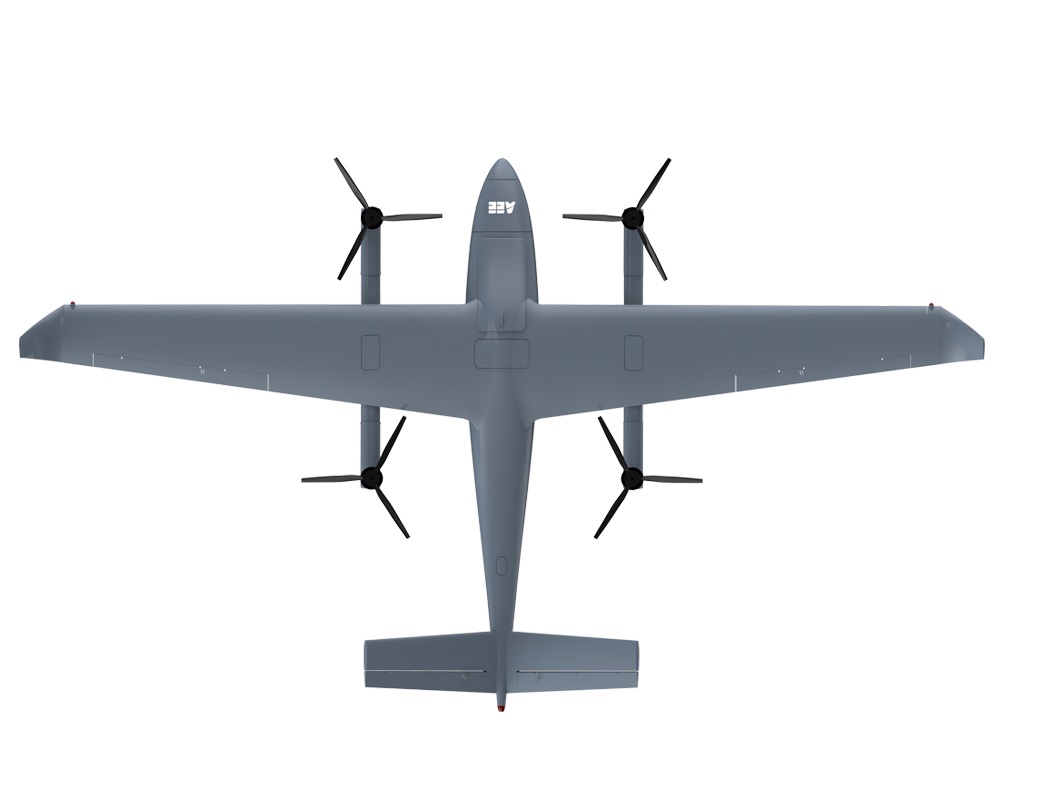
To reduce aerodynamic interference, rotors are mounted on both sides of the fuselage in front of and behind the wings. adopted a tri-tilt rotor configuration that separates rotors and wings and consists of the prepositive double tilt rotors and a postpositive single tilt rotor. It is a novel tilt-rotor structure in which rotors are assembled at the center of wings, and rotors and wings can tilt together to reduce the impact caused by the downwash. In, a quad tilt-wing UAV was designed and constructed. Similar structure was also displayed in reference.
TILT ROTOR FLIGHT CONTROL SYSTEM FULL
This new structure improves the mobility and trajectory tracking capabilities by achieving full authority on torque and force vectoring. In, an overactuated quadcopter was designed, which allows independent tilting of the rotors around their arm axes. With the development of UAV design and control technology, some novel TRUAV structures have been explored in the past decade. The Dual-TRUAVs generally require cyclic control of the propellers, which increases the mechanical complexity for stabilization and maneuverability. Similar structure was also developed by China’s Nanjing University of Aeronautics and Astronautics. The Dual-TRUAVs have two tiltable rotors installed on the wingtips. A large proportion of the early studies on such aircraft focus on dual tilt-rotors such as Bell Eagle Eye, Smart UAV of KARI, and BIROTAN. Therefore, the TRUAVs have a wider range of applications than the other types of aircraft. Compared with FWUAVs, the TRUAVs can perform take-off and landing (VTOL) flights without requiring a runway. Compared with RUAVs, the TRUAVs can be used in the scenarios that require higher speeds, longer flight ranges, and larger payload capacities. To break the abovementioned limitations, the tilt-rotor UAVs (TRUAVs) have become a focus of UAV research. However, their applications are always limited by flexibility, payload, and endurance, which are concerned with their own typical structures and dynamical systems. Introductionįixed-wing unmanned aerial vehicles (FWUAVs) and rotorcraft unmanned aerial vehicles (RUAVs), as representations of aircraft with conventional structures, have played important roles in military and civil fields for a long time. Simulations and hovering flight tests are carried out to verify the effectiveness of the mathematical model and the proposed control strategy. The designed flight control law has a simple structure with a high reliability in engineering. To deal with the actuator saturation and uncertain disturbance problems for the novel TRUAV, an improved flight control law based on the combination of the robust servo linear quadratic regulator (RSLQR) optimal control and the extended state observer (ESO) is proposed. For control design purposes, the dynamics equation is linearized around the hovering equilibrium point, and a control allocation method based on trim calculation is developed.

Then, the detailed nonlinear mathematical model is established, and the parameters are acquired from designed experiments and numerical analyses. First, a new configuration scheme with the tilting rotors is designed. This paper presents the control system design process of a novel tilt-rotor unmanned aerial vehicle (TRUAV).


 0 kommentar(er)
0 kommentar(er)
